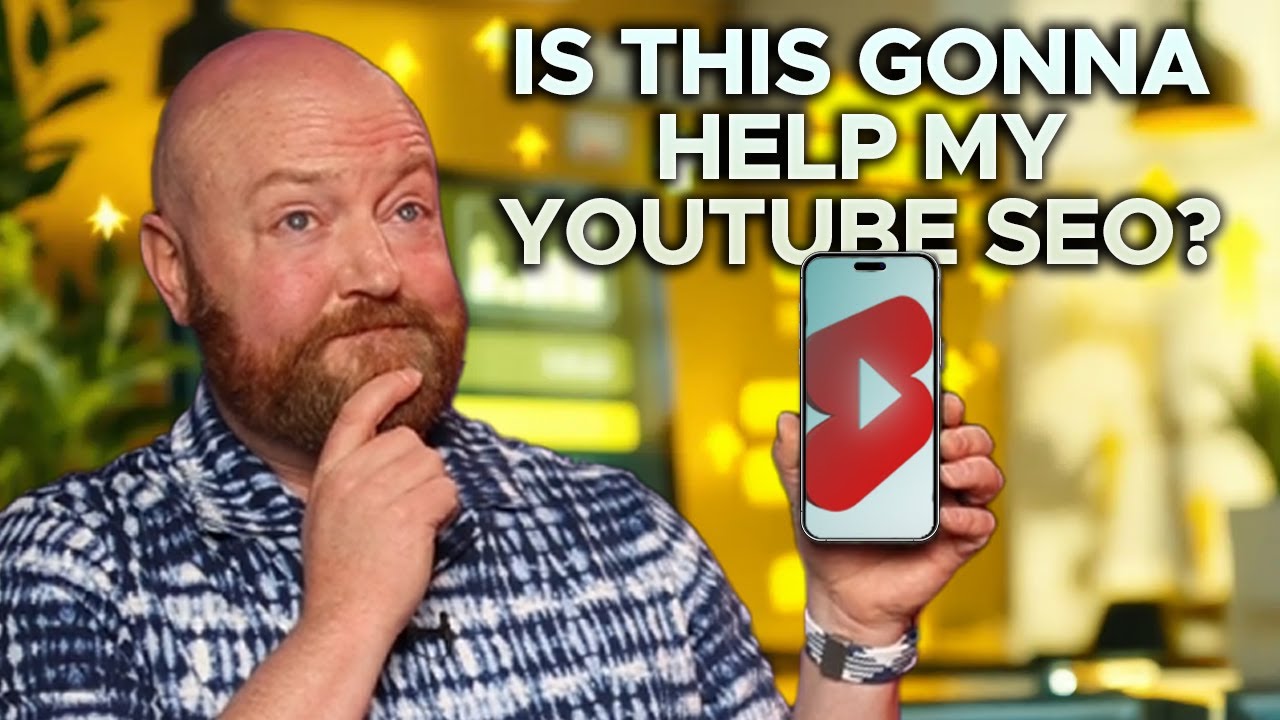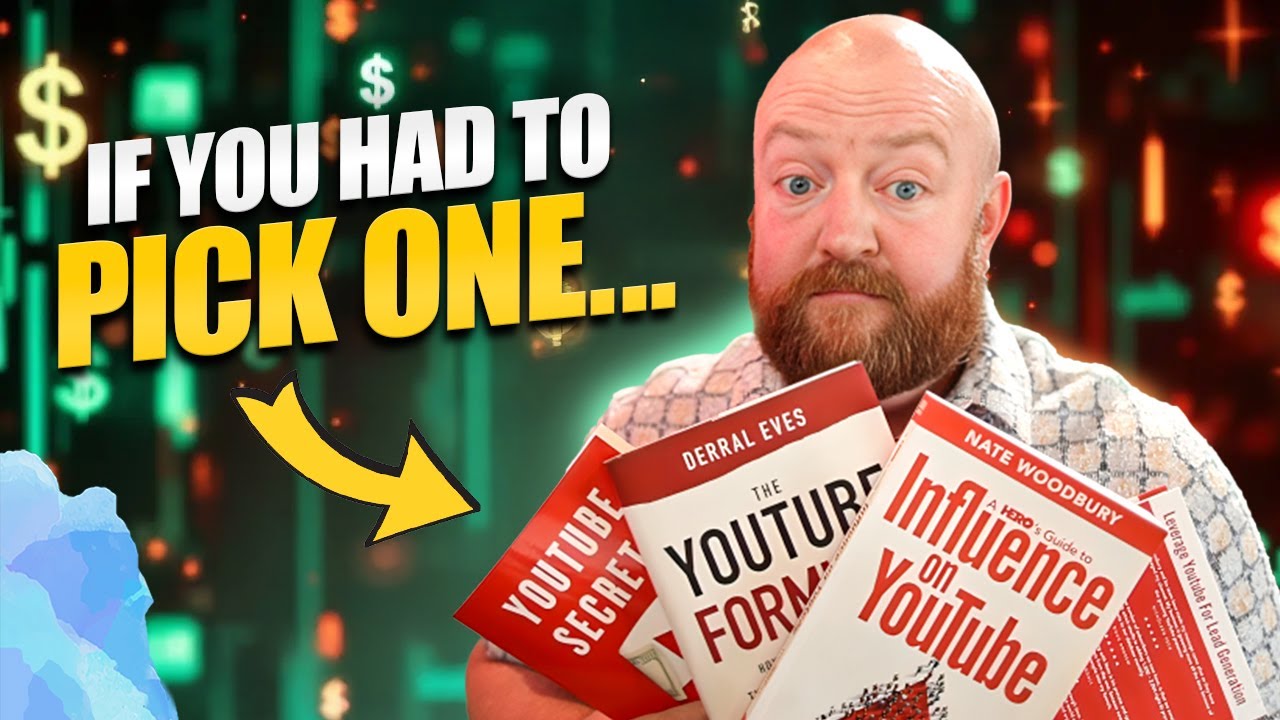YouTube SEO is a powerful tool to increase your video visibility and boost your rankings. However, it differs significantly from website SEO, as it focuses specifically on content within the YouTube platform. In this article, we’ll explore the differences between traditional SEO and YouTube SEO, and I’ll share the tactics and strategies I use to rank my videos at the top.
What’s the Difference Between Old SEO and Modern SEO?
In the past, traditional SEO was about optimizing a website to rank higher on Google. This involved keyword stuffing, link-building, and creating content focused on 2-3 word phrases. The goal was to artificially build authority, but it led to spammy content and often resulted in high costs for SEO services. However, the biggest flaw was that these efforts were not sustainable. Once you stopped, your rankings would gradually drop as others took your place.
Furthermore, SEO back then often revolved around overly competitive phrases that required significant effort, but still might not yield the desired results.
But SEO has evolved. Today, Google and YouTube are not simply search engines for websites—they are content search engines. This shift means that the strategies and tactics for ranking on YouTube have drastically changed. You no longer need to create a web page and apply SEO techniques afterward. Now, the content itself has to be optimized from the start.
The Shift from Website SEO to Content SEO
Google and YouTube now prioritize content that answers specific questions. For YouTube, the key is to create videos that directly address user queries. If you start by creating great content and then apply SEO, you may miss the mark, especially if there’s competition in your niche. Instead, begin with thorough keyword research to discover what people are searching for, then craft your video content around those questions.
One crucial change is the shift from short keyword phrases to longer, more specific search queries. On YouTube and Google today, people often search with 8-10 word questions rather than short 2-3 word phrases. Tools for keyword research allow us to uncover these valuable long-tail search terms that are essentially gold for ranking your videos.
The Power of Long-Tail Keywords
Take the example of a productivity expert. The old approach would be to create a great video and then optimize it using general keywords like “productivity tips.” However, a more modern and effective strategy involves conducting keyword research to find specific questions people are asking. For instance, terms like “What can increase productivity in a dental office?” or “How to improve productivity on a construction site?” are much more targeted and will resonate with the right audience.
By answering these specific queries, your video is more likely to show up in search results when users type these phrases into Google or YouTube. That’s the difference between creating general content and content that answers a precise question.
The ‘Leaf Strategy’ for YouTube SEO
Now, let’s dive into my LEAF Strategy—a framework that can help you effectively target the right keywords and ensure your videos rank at the top.
Imagine a tree: The trunk represents your core area of expertise, and the branches represent different ways to categorize that expertise. The leaves, at the end of the branches, represent the specific questions your audience is asking.
For example, if you’re a nutrition expert, your “leaves” could be questions like “How to calculate nutritional value of a recipe?” or “How to carry nutrition during a marathon?” These are the highly specific, long-tail questions people are typing into search engines.
How to Conduct Effective Keyword Research
To find these valuable keywords, I recommend using tools like the Keyword Magic Tool, which offers a free trial on herokeywordtool.com. Here’s how it works:
- Start with a broad term – For example, “real estate investor.”
- Turn on the “questions” filter – This helps you narrow down to the questions people are asking.
- Set advanced filters – For instance, filter results to include questions with 8+ words.
When you use this tool, you’ll find goldmine phrases like “How to become a real estate investor with no money?” or “How to find investors for commercial real estate?” These phrases have a clear search volume, so you know how competitive they are. Target questions with lower search volume, typically around 10 searches per month, to start—these are your low-hanging fruit.
By targeting these specific questions, you can rank higher much faster than competing with high-volume, general search terms.
Turning Keyword Research into Content
Once you’ve identified these specific questions, group them into categories or “branches.” Compare different branches, and choose those that most closely align with your expertise and target audience. This allows you to create videos that speak directly to the audience’s needs, answering the precise questions they’re asking.
Let’s take an example: One of my clients, Bethany from Australia, used this strategy to find a video that answered a question she had. She watched the video, then booked an appointment and eventually purchased a $12,000 coaching program. This is the power of targeting the right questions—people are more likely to engage with content that directly addresses their needs, leading to higher conversion rates.
Conclusion: The Power of Modern YouTube SEO
By focusing on answering specific, long-tail questions, you can make sure your content ranks higher on YouTube and Google. It’s about creating a strategic path from keyword research to video content, ensuring that your audience finds you when they need you. The LEAF Strategy is all about identifying those targeted questions and crafting your content to answer them directly.
Implement these tactics, and you’ll start seeing results in no time—your videos will rank higher, your audience will grow, and you’ll convert leads into clients more efficiently.




